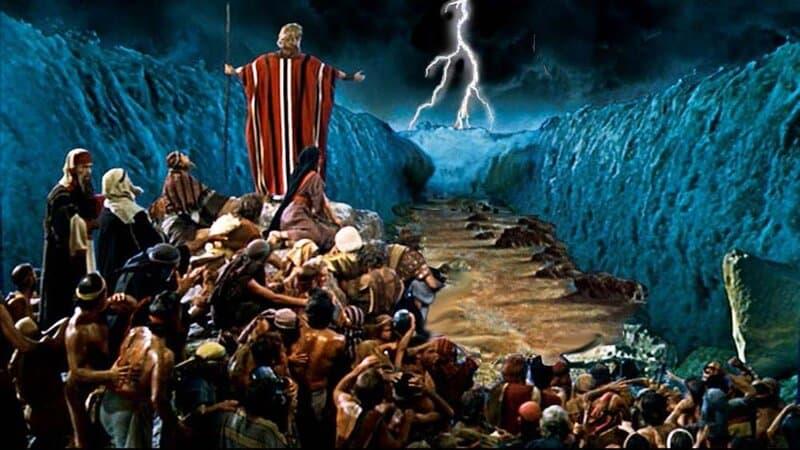The Exodus – the biblical narrative of the Israelites’ deliverance from slavery in Egypt – is one of the world’s most iconic stories. Found in the books of Exodus, Leviticus, Numbers, and Deuteronomy of the Hebrew Bible, it depicts a dramatic escape led by Moses, a covenant at Mount Sinai, and a long, wandering journey to the Promised Land. For Jews, Christians, and Muslims, it forms a theological and moral foundation. But how much does it reflect historical reality? Below are twenty fascinating facts about the biblical narrative, historical and archaeological perspectives, and current academic debates surrounding the Exodus account’s historicity.
20. The Biblical Narrative

In the Bible, Israelites were enslaved in Egypt under a tyrannical pharaoh, and their labor was bitter and oppressive. God chose Moses, an Israelite raised in Pharaoh’s court, to lead his people out of bondage. With divine help, Moses confronts Pharaoh, demanding freedom for the Israelites. Pharaoh’s repeated refusals result in ten plagues that devastate Egypt, culminating in the death of all Egyptian firstborn sons. The Israelites finally depart, crossing the Red Sea in a miraculous escape while Pharaoh’s army perishes. In the desert, the Israelites receive the Ten Commandments at Mount Sinai, forming a covenantal relationship with Yahweh. After forty years of wandering due to disobedience and lack of faith, the new generation prepares to enter Canaan, the Promised Land. The story serves a crucial role in Jewish religious identity. It introduces God as liberator and lawgiver, and defines Israel’s national origin in terms of divine election and deliverance.



